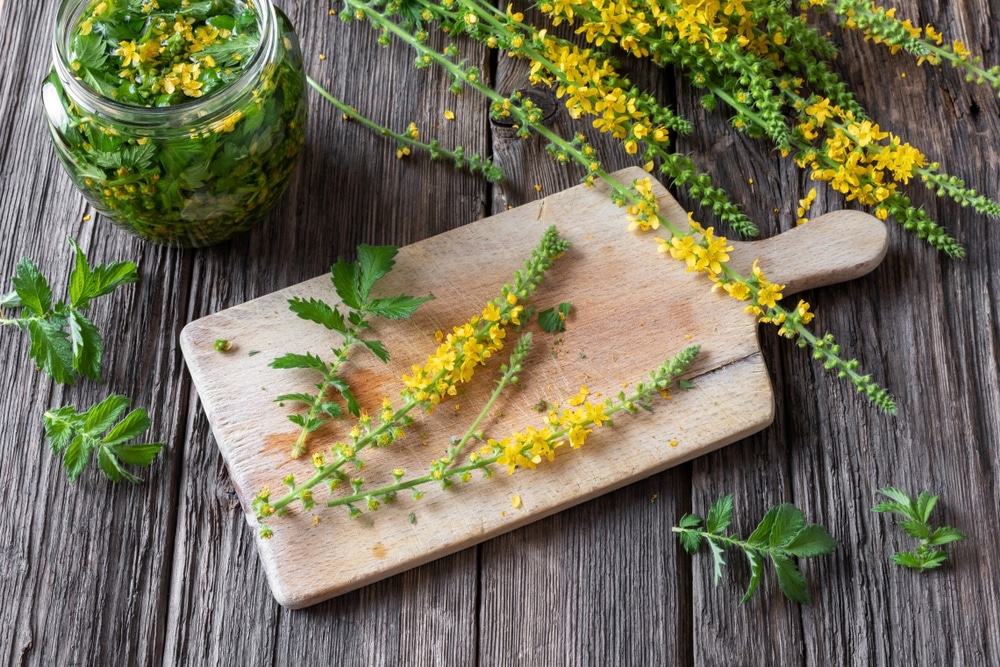
Introduction to Agrimony Identification
Agrimony is a fascinating perennial herbaceous plant belonging to the rose family (Rosaceae), known for its distinctive yellow flowers and historical use as a medicinal plant. This guide will help you with agrimony identification by exploring the various Agrimonia species, their unique features, and how to distinguish them in the wild or garden.
Overview of Agrimonia Species
The genus Agrimonia comprises several species native to Europe, Asia, North America, and North Africa. These include common agrimony (Agrimonia eupatoria), tall hairy agrimony (Agrimonia gryposepala), fragrant agrimony (Agrimonia procera), downy agrimony (Agrimonia pubescens), and hairy agrimony (Agrimonia pilosa). Each species has distinct characteristics, including differences in leaf shape, flower spikes, glandular hairs, and habitat.
Physical Characteristics of Agrimony
Leaves and Leaflets
Agrimony leaves are pinnate, featuring multiple serrated leaflets arranged along a central stem. The terminal leaflet is often the largest, and the leaves may have numerous soft hairs or glandular hairs on the undersides, contributing to the plant’s distinctive texture and appearance.
Stem and Growth Habit
Agrimony stems are typically dark green, grooveless, and covered with soft hairs or glandular hairs. The plant is rhizomatous, spreading through underground roots, and can grow between 30–100 cm tall depending on the species.
Flower Spikes and Flowers
The inflorescence of agrimony consists of densely packed flower spikes that bear small yellow flowers. Each flower has five petals and five to twelve stamens, with sepals that persist after flowering. The flowers emit a spicy odor reminiscent of apricots, especially in species like common agrimony.
Fruits and Seeds
Following flowering, agrimony produces fruits known as pome fruits with hooked hairs arranged in rows. These hooked bristles enable the seeds to attach to animal fur or clothing, aiding in seed dispersal.
Habitat and Distribution
Agrimony species thrive in a variety of habitats including dry meadows, woodland edges, pastures, and forest margins. They are native to regions across Europe, western Asia, North America, and parts of Asia. Some species prefer alkaline soils and well-drained locations.
Identification Tips for Specific Agrimonia Species
Common Agrimony (Agrimonia eupatoria)
Recognizable by its tall flower spikes, spicy odor, and numerous soft hairs, common agrimony is often found in Europe and North America. It is a perennial herbaceous plant with pinnate leaves and yellow flowers blooming from late spring to late summer.
Tall Hairy Agrimony (Agrimonia gryposepala)
This species is notable for its height, often exceeding five feet, and the presence of dense glandular hairs mixed with long non-glandular hairs on stems and leaves. It is native to North American woodlands.
Fragrant Agrimony (Agrimonia procera)
Distinguished by its strong, pleasant scent due to glands on the leaf undersides, fragrant agrimony grows up to three feet tall and has more finely serrated leaves than other species.
Downy Agrimony (Agrimonia pubescens)
Known for hairy undersides of its leaves, downy agrimony is native to eastern North America and has flowers arranged alternately along the stem.
Hairy Agrimony (Agrimonia pilosa)
This species is covered with dense hairs, especially on the leaf veins, and is traditionally used in Asian herbal medicine.
Agrimony in Traditional and Modern Herbal Medicine
Agrimony has a long history as a medicinal plant, used to treat wounds, diarrhea, liver disorders, and respiratory ailments. Modern herbal applications continue to explore its antimicrobial, anti-inflammatory, and antioxidant properties.
Conclusion
Effective agrimony identification involves observing key features such as leaf shape, presence of glandular hairs, flower spike structure, and habitat. Recognizing these traits will help distinguish Agrimonia species and appreciate their role in ecosystems and herbal medicine.
Masterful Display
Each and everyone of our products are deeply considered, labored over, and improved upon time and time again. We invite you to experience the difference of our carefully crafted small batches of herbal support items. Whether it be our tea line, produced for a delightful experience, or our tincture blends and extracts, we have what you need.

